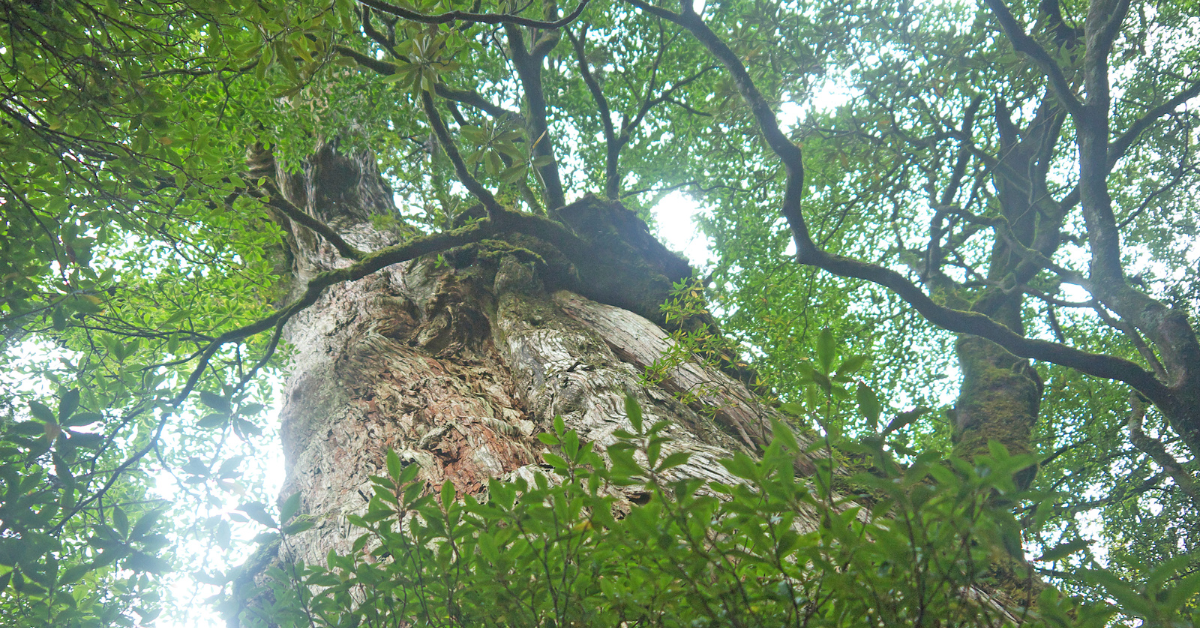Japan is home to numerous World Heritage Sites recognized by UNESCO, each offering a unique window into the nation’s rich cultural traditions and breathtaking natural landscapes. From ancient temples that have stood for over a thousand years to untouched forests teeming with wildlife, these sites allow travelers to experience the soul of Japan in a way no textbook can match.
Overview of Japan’s World Heritage Sites
Japan is blessed with four distinct seasons and a diverse geography, and over its long history, it has cultivated a rich, unique culture. As a result, many sites of global significance have been registered as World Heritage Sites. UNESCO classifies them into cultural, natural, and mixed heritage, with Japan currently having over 20 registered sites. Cultural heritage includes historic architecture and traditional culture, while natural heritage preserves untouched landscapes and unique ecosystems. These sites are more than just tourist attractions—they are essential for promoting Japan’s appeal to the world and serve as places for deep cultural understanding and immersive nature experiences.
List of Japan’s World Heritage Sites
| Category | Name (English) | Location | Key Features |
|---|---|---|---|
| Cultural | Buddhist Monuments in the Horyu-ji Area | Nara | Oldest wooden structures in the world |
| Cultural | Historic Monuments of Ancient Kyoto | Kyoto & Shiga | Temples and gardens from the Heian period |
| Cultural | Itsukushima Shinto Shrine | Hiroshima | Vermilion torii gate standing in the sea |
| Cultural | Himeji Castle | Hyogo | Known as “White Heron Castle” |
| Cultural | Historic Monuments of Ancient Nara | Nara | Includes Todaiji, Kofukuji, and more |
| Cultural | Fujisan, sacred place and source of artistic inspiration | Yamanashi & Shizuoka | Japan’s iconic sacred mountain |
| Natural | Shirakami-Sanchi | Aomori & Akita | Primeval beech forests |
| Natural | Yakushima | Kagoshima | Cedar trees thousands of years old |
| Natural | Shiretoko | Hokkaido | Rich biodiversity and wildlife |
| Natural | Ogasawara Islands | Tokyo | Unique species, “Galapagos of the East” |
The Appeal of Cultural Heritage
Cultural heritage sites allow visitors to experience Japan’s spirit and aesthetic values firsthand. In Kyoto and Nara, temples and gardens that have stood for over a millennium are still in active use, closely tied to local life. The Great Buddha Hall at Todaiji is one of the world’s largest wooden buildings, a testament to ancient craftsmanship and faith. Himeji Castle, with its elegant white plaster walls, combines beauty with ingenious defensive design. Itsukushima Shrine’s torii gate appears to float on the sea, changing dramatically with the tides. These sites are irreplaceable windows into Japan’s deep cultural heritage.
The Appeal of Natural Heritage
Japan’s natural heritage sites showcase the diverse geography and climate of the archipelago. Shirakami-Sanchi preserves one of the world’s largest untouched beech forests, home to rare flora and fauna. Yakushima is famous for its varied climates and ancient cedar trees draped in moss. Shiretoko, visited by drift ice in winter, supports an exceptionally rich ecosystem where marine and land wildlife thrive together. The Ogasawara Islands, isolated from the mainland, have evolved countless endemic species, earning the nickname “living natural museum.” These sites underscore the importance of environmental conservation.
Recommended Seasons to Visit
| Season | Recommended Sites | Highlights |
|---|---|---|
| Spring | Kyoto & Nara | Cherry blossoms with historic architecture |
| Summer | Shiretoko & Yakushima | Lush greenery and wildlife |
| Autumn | Mt. Fuji & Itsukushima Shrine | Autumn foliage and crisp air |
| Winter | Shirakami-Sanchi & Himeji Castle | Snowy landscapes and serene atmosphere |
Practical Tips for Foreign Visitors
| Aspect | Details |
|---|---|
| Language Support | Many sites offer English signs and audio guides |
| Transportation | Shinkansen, buses, ferries depending on location |
| Clothing | Dress for the season and site’s climate |
| Etiquette | Be quiet at temples/shrines, follow photography rules |
Conclusion
Japan’s World Heritage Sites are treasures that combine cultural value with natural beauty. Understanding the stories and context behind each site turns a trip into an enriching and moving experience. Cultural sites reveal the spiritual and artistic essence of Japan, while natural sites allow visitors to witness the planet’s ecological wonders. For foreign travelers, visiting these sites offers a special journey that deepens both cultural appreciation and environmental awareness.






